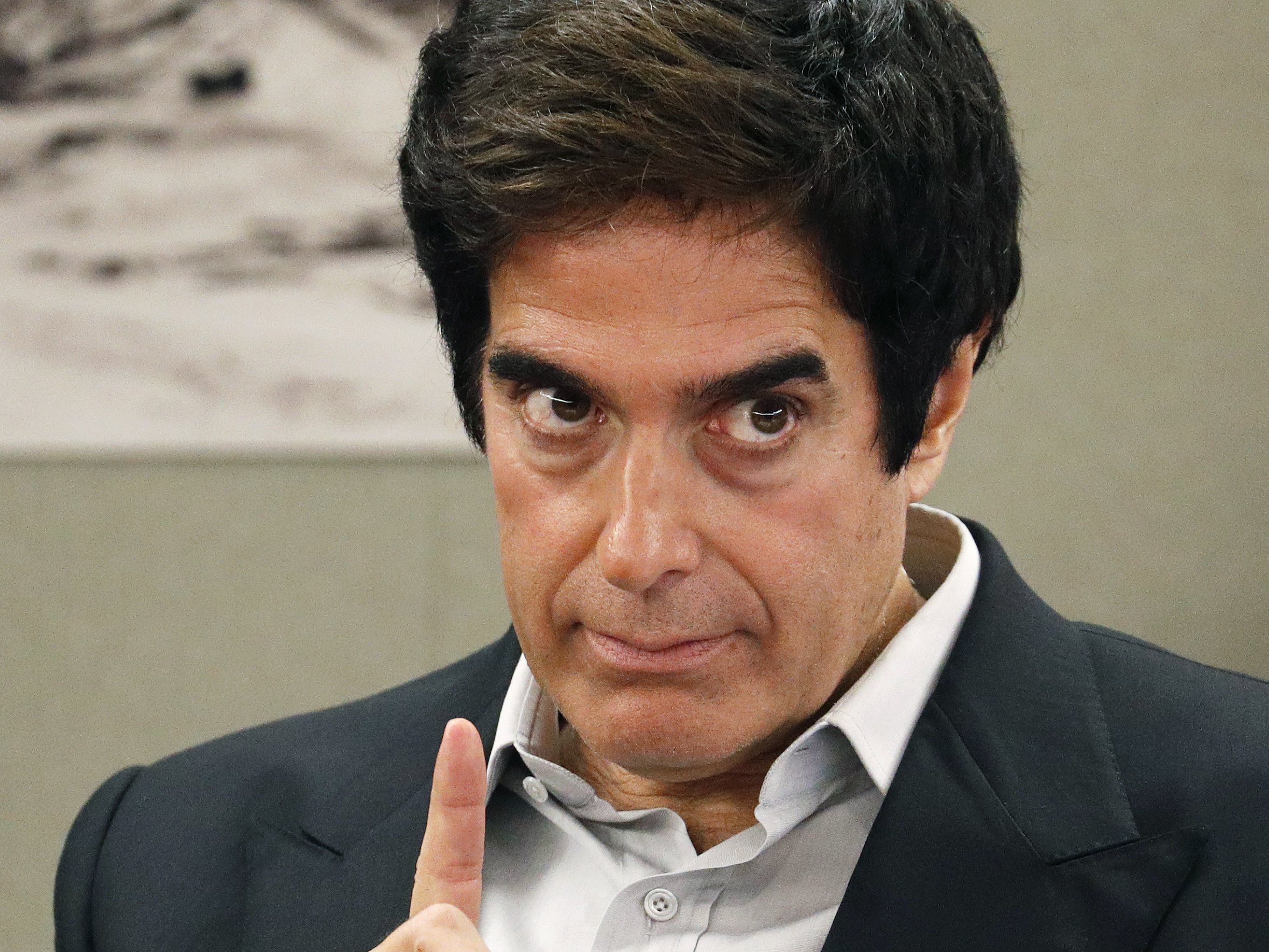Posted on: April 19, 2022, 04:49h.
Last updated on: April 19, 2022, 05:02h.
The Nevada Supreme Court has upheld a jury verdict that neither David Copperfield nor the MGM Grand Las Vegas were financially responsible for the brain injuries allegedly suffered by an audience member. Gavin Cox, the injured man, voluntarily took part in a 2013 performance by the well-known illusionist.

The incident took place in 2013. Cox was visiting Las Vegas from the UK. He was one of 13 volunteers from the audience who took part in an illusion presented by Copperfield.
The volunteers appeared to disappear, but soon reappeared in the theater. Cox voluntarily ran through the building during the trick.
Cox fell during the outdoor portion of the runaround, the Supreme Court decision said. Cox had drunk alcohol before participating, the decision adds. He was quickly removed after the injuries.
This week, Robert Jarvis, a law professor at Florida’s Nova Southeastern University’s Shepard College of Law, who is not connected to the case, called the high court’s decision “clearly” correct.
“Except where there has been a clear abuse of justice, both trial and appellate courts are expected to uphold jury verdicts,” Jarvis told Casino.org.
Here there was plenty of evidence on which a reasonable jury could conclude — as this jury did — that [Gavin] Cox was 100% responsible for his injuries,” Jarvis added.
Cox sued MGM Grand and Copperfield, but lost a jury trial in 2018. His attorneys were seeking reimbursement for medical costs and related damages.
Cox also wanted a new trial. But the Supreme Court by a 5-to-2 vote said no. Their 18-page decision was released last Thursday.
Volunteered to Participate
When reviewing the decision, Jarvis noted Cox could have stopped taking part in Copperfield’s trick at any time. But Cox wanted to keep participating.
It also was revealed during the trial, the casino-hotel housing the performance was being renovated. Cox’s lawyers had argued their client slipped on a ramp because of its improper pitch and construction dust, Jarvis said.
“The ramp/dust argument was the heart of the Coxes’ liability theory. Yet the defense had no trouble poking holes in it,” Jarvis said.
The defense lawyers also presented videos in the trial. They showed Cox able to walk without assistance, which countered the plaintiff’s claims Cox needed help to walk, Jarvis said.
The Coxes’ lawyers did just about everything wrong, starting with having a client who, while claiming one thing inside the courtroom, i.e., that he could not walk without assistance, was doing the exact opposite outside of the courtroom,” Jarvis said.
He also rejected a legal strategy used by Cox’s attorneys. That includes choosing to split the issues of liability and damages into two phases.
Need for Risk Manager
When reviewing the decision, Jarvis said it shows how all businesses, including casinos, should have a risk manager to repeatedly check everything and eliminate potential dangers.
“MGM’s risk manager missed the fact that MGM’s ramp had a 5-degree slope, even though the code capped the slope at 4.76 degrees,” Jarvis said.
Anthony Cabot, Distinguished Fellow of Gaming Law at UNLV’s Boyd School of Law, who also was not connected to the case, told Casino.org the litigation was largely based on whether the defendants “should have been allowed to show covert surveillance video of the plaintiff, showing him working without apparent trauma as the result of an accident.”
The decision is based on a narrow set of circumstances and does not have widespread application to the casino industry,” Cabot added.
Casino.org reached out to Harris & Harris, the Las Vegas-based personal injury firm, which was one of the law firms representing Cox, for comments. The lawyers did not provide an immediate statement.
